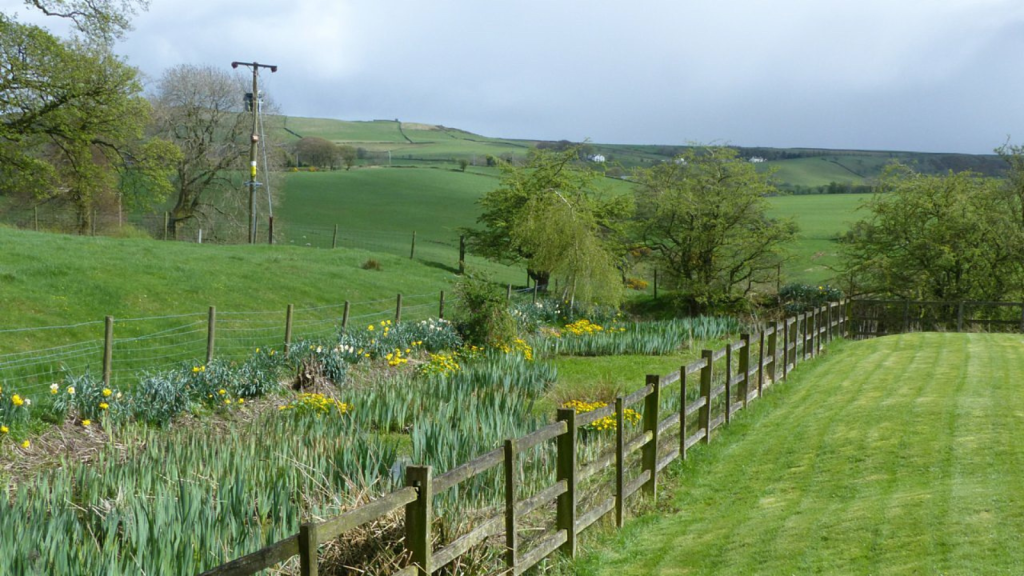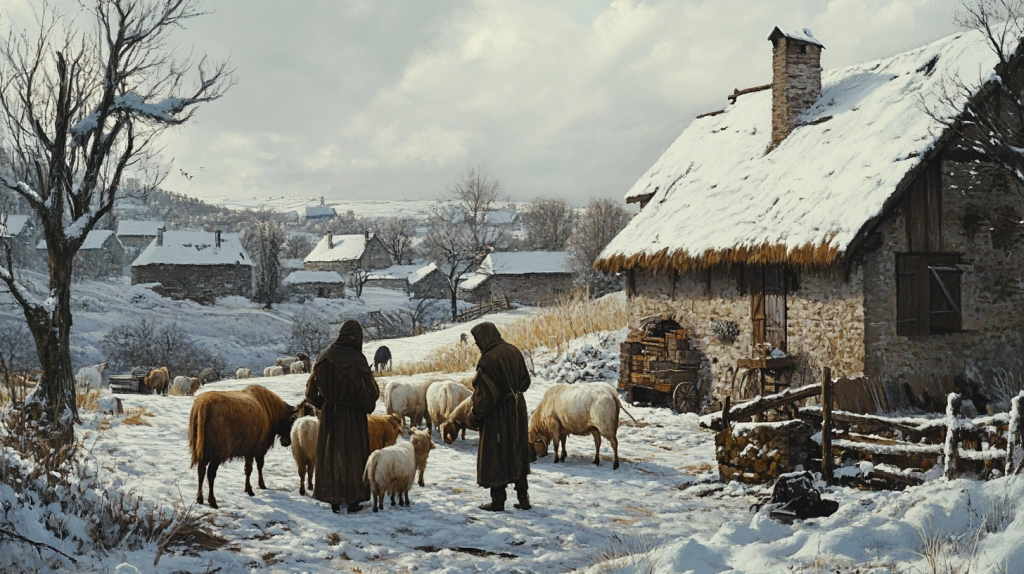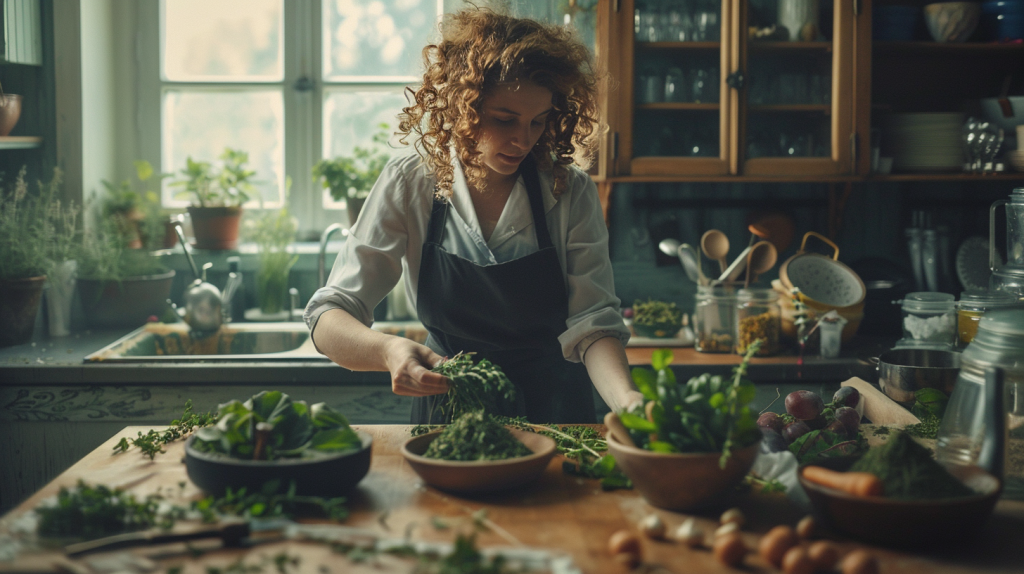If you were to step into the shoes of a medieval peasant in Britain, you’d find yourself in a world shaped by hard work, devotion, and the demands of nature. Life was simple, but every aspect of it revolved around survival. From dawn to dusk, the peasants worked tirelessly, not only to provide for their families but also to meet the demands of the local lord. It was a life filled with labour, but also a connection to the land that few of us know today. Here’s what a typical day might look like for a British peasant during the Middle Ages.
Waking at Dawn

For a medieval peasant, the day began at the first light of dawn. There were no clocks, so sunrise served as the alarm. The family would rise with the sun to make the most of the daylight hours, especially in the colder months when daylight was scarce. Roosters crowed, and it was time to get moving.
Morning Prayers

Before heading out to the fields, it was customary for peasants to begin their day with a few moments of prayer. Religion played a massive role in their daily lives, and starting the day by asking for strength and guidance was an important ritual. Most were devout Christians, attending the village church regularly.
Eating a Simple Breakfast

Breakfast for peasants was simple and small, often just a piece of coarse bread and perhaps some porridge or ale. Meat was a luxury for most, so meals were largely vegetarian, with whatever grains and vegetables were available. In many cases, they ate leftovers from the previous night’s meal.
Heading to the Fields

After breakfast, it was straight to work. The majority of peasants worked in agriculture, spending their day tending to the lord’s land. This included ploughing, sowing, harvesting, and maintaining crops, depending on the season. Work was gruelling, and they often toiled from sunup to sundown.
Women’s Daily Chores

While men laboured in the fields, women had their hands full at home. They looked after children, prepared meals, and maintained the house. In addition, they might have had their own plots to tend, gathering vegetables or foraging for wild foods. They also helped with spinning wool or weaving cloth.
Taking a Midday Break

Around noon, peasants took a break from their work to eat their main meal of the day. This typically consisted of bread, cheese, and sometimes a small amount of meat if it was available. Ale was commonly drunk, as water sources were often unsafe. This short break provided much-needed energy before returning to the fields.
Working Through the Afternoon

The work resumed after their midday meal. The tasks varied depending on the season – in spring and summer, they might be planting or weeding, while in autumn, it was all hands on deck for the harvest. Winter could be a time for repairing tools and caring for animals. There was no shortage of things to be done.
Returning Home at Dusk

As the sun dipped below the horizon, the workday came to a close. Peasants would gather their tools and head back to their homes. With no artificial lighting, they had to finish outdoor work while there was still light. Once home, they settled in for the evening, but the day’s tasks were far from over.
Evening Meal

Dinner was usually the largest meal of the day, though it was still humble by today’s standards. Peasants ate what they had grown or preserved. Pottage, a thick stew made from grains and vegetables, was a common evening meal, often eaten with bread. If they had animals, some milk or eggs might make their way into the meal.
Tending to Animals

After supper, there was still work to be done. Animals needed tending, especially if the family had livestock like pigs, chickens, or cows. They would check on the animals, milk the cows if necessary, and make sure everything was secure for the night. This daily interaction with animals was crucial for their survival.
Preparing for Bed

As the evening wound down, peasants would gather by the fire, the main source of warmth in their homes. They might tell stories or engage in simple crafts like repairing clothes. With no electricity, it got dark early, and after a long day of hard labour, bedtime came quickly. Families would retire to bed early, sleeping on straw mattresses.
Living by the Seasons

A peasant’s life was deeply tied to the seasons. In the summer, the days were long and full of hard work, while winter brought shorter days and cold nights. Wintertime might bring some relief from fieldwork, but peasants still had to tend to animals and ensure their survival through the harsh months. Each season brought its own challenges, but they adapted and endured.
17 Old Wives’ Tales That Are Actually True

Old wives’ tales have been passed down through generations, often dismissed as mere superstition. However, many of these age-old beliefs are rooted in truth. From health tips to weather predictions, these stories from the past can surprise us with their accuracy. Here are 17 old wives’ tales that are actually true.
Read More: 17 Old Wives’ Tales That Are Actually True
Ellen has been obsessed with logic puzzles, jigsaws, and cryptograms since she was a kid. After learning she was taught how to play chess wrong by a family friend (so they could win), she joined her school chess club and the rest is history.


